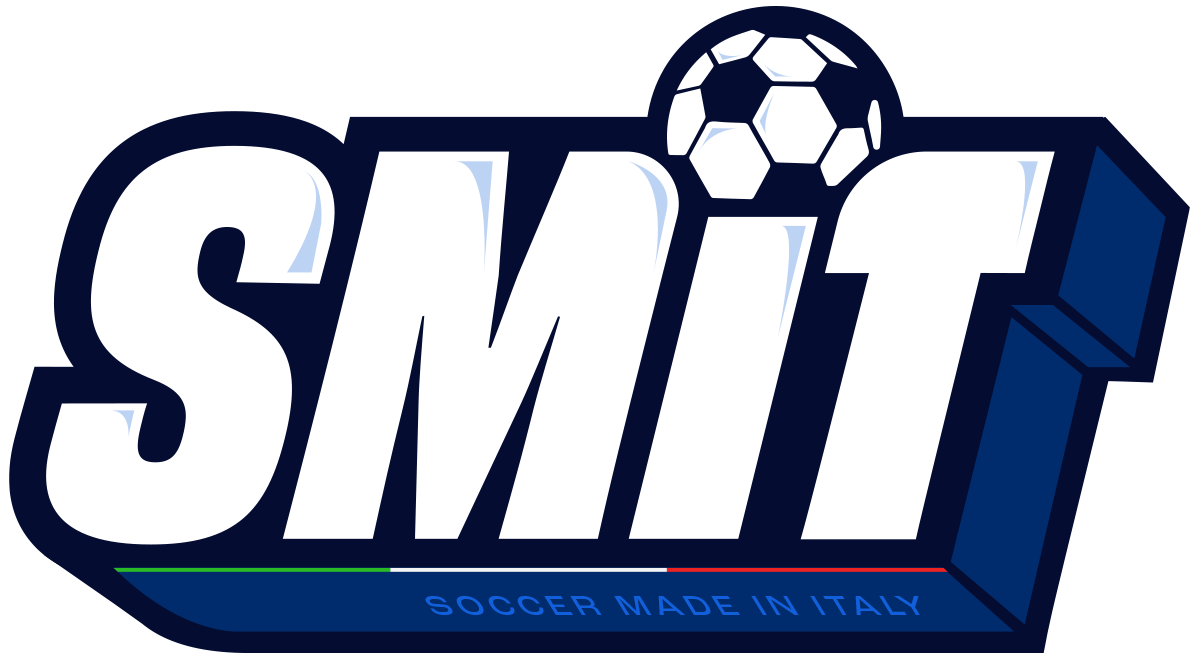Controversy, protests, still strong perplexity and contestation. The penalty not awarded Friday by referee Abisso to Sinigagia at Como – and then claimed loudly in the locker room by Cesc Fabregas – divides soccer Italy. And it raises discontent over how Var is handled. Because it is true that the final decision rests with the Var (support of the match director in the round even if not on the pitch), but the discussion – made public by a Dazn program – between Var (Guida) and Avar (his assistant, Maggioni) confirms that the doubts were legitimate: the assistant (video above) confirming the perplexity over Gatti’s hand touch, the Var more decisive until the conclusion: “It is not a penalty.” And the assistant complying: “All right.” Here is precisely this exchange – public now thanks to Dazn and its “Open Var” is what annoyed Como fans the most. In the end, after consultation in the Var room, final decision made by the referee yes, but without having viewed alun footage.
But it is also worth mentioning the protocol and regulations in place to explain well when the Var can intervene and what its duties are in a soccer match.
The situation in Italy is governed by a special protocol, which is updated periodically. This is the latest version of the protocol itself, updated to July 1, 2022, contained in the last six pages of “Il regolamento del giuoco del calcio.” It is preceded by a foreword: “The VAR protocol, as far as possible, is in accordance with the principles and philosophy of the Laws of the Game. The use of VARs – Video Assistant Referees – is permitted only if the organizer of the match/competition has fully complied with the requirements of the ‘Assistance and Approval Program for the Implementation of VAR’ (IAAP) set forth in FIFA’s IAAP documents and has received written permission from FIFA.”
The use of VAR in soccer competitions is bound by a set of principles, which must be applied in every competition in which VAR is to be used.
1. A VAR is a match official, with independent access to match footage, who can assist the referee only in case of “clear and obvious error” or “serious unseen incident” in relation to:
rete segnata / non segnata
calcio di rigore / non calcio di rigore
espulsione diretta (non seconda ammonizione)
scambio d’identità (quando l’arbitro ammonisce o espelle il calciatore sbagliato)
2. The referee must always make a decision, meaning that the referee is not allowed to omit a decision and then use VAR to make it; the decision to allow play to continue after an alleged infraction can always be reviewed.
3. The initial decision made by the referee will not be changed unless video review clearly shows that the decision was a “clear and obvious error.”
4. Only the referee can initiate a “review”; VAR (and other officials) can only recommend a “review” to the referee.
5. The final decision is always made by the referee, either based on information from VAR or after the referee has undertaken an “on field review” (OFR = On Field Review).
6. There is no time limit for the review process because the accuracy of the decision is more important than the speed of making it.
7. When a decision is reviewed, players and officials should not surround the referee or attempt to influence the review process or the final decision.
8. The referee must remain “visible” during the review process to ensure transparency.
9. If play continues after an incident that is later reviewed, any disciplinary action taken/due during the period following the incident is not overturned, even if the initial decision is changed (except in the case of a warning or ejection imposed for interrupting or interfering with a promising attack or DOGSO).
10. If play has been resumed, the referee may not conduct a “review” except for a case of mistaken identity or a potential ejection offense related to violent conduct, the act of spitting, biting, or acting in an extremely offensive and/or insulting manner.
11. The period of play that can be reviewed before and after an episode is determined by the Laws of the Game and VAR protocol.
12. Since VAR will automatically check every situation/decision, there is no need for coaches or players to request a review.
WHAT ARE THE REVIEWABLE EPISODES
The referee can only receive assistance from VAR in relation to four categories of decisions/incidents that may affect the final outcome of a match. In all these situations, VAR is used only after the referee has made a (first / initial) decision (including letting play continue), or if a serious incident is not seen by the officials. The referee’s initial decision will not be changed unless there is a “clear and obvious error” (this includes any decision made by the referee based on information received from another match official, for example: offside).
The categories of decisions/episodes that can be reviewed in the case of a potential “clear and obvious error” or “serious unseen episode” are:
Rete segnata / non segnata
infrazione della squadra attaccante nel costruire l’azione che ha portato alla segnatura o nel segnare la rete (fallo di mano, fallo, fuorigioco, ecc.)
pallone non in gioco prima della segnatura
decisione sul gol / non gol
infrazione del portiere e/o del calciatore che esegue un calcio di rigore o ingresso in area prima dell’esecuzione di un calcio di rigore da parte di un attaccante o difensore che viene poi direttamente coinvolto nel gioco se il pallone rimbalza da palo, traversa o portiere
Calcio di rigore / non calcio di rigore
infrazione della squadra attaccante nel costruire l’azione che si conclude con l’episodio del calcio di rigore (fallo di mano, fallo, fuorigioco, ecc.)
pallone non in gioco prima dell’episodio
posizione dell’infrazione (all’interno o all’esterno dell’area di rigore)
calcio di rigore erroneamente assegnato
infrazione da calcio di rigore non sanzionata
Espulsioni dirette (non seconda ammonizione)
DOGSO (in particolare il punto dell’infrazione e la posizione degli altri calciatori)
grave fallo di gioco (o contrasto imprudente)
condotta violenta, mordere o sputare
agire in modo offensivo e/o ingiurioso
Scambio d’identità (cartellino rosso o giallo)
If the referee sanctions an infraction and then cautions/expels the wrong player, the identity of the offender may be reviewed; the infraction itself may not be reviewed unless it relates to a goal, a penalty kick incident, or a “straight” red card



